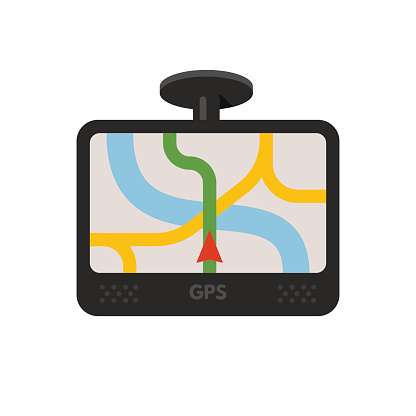Does Your Career Path Need GPS?

Feel like you’re stuck on the side of the career highway changing a flat tire, while your friends and co-workers are speeding past you with raises, promotions and great new jobs?
Realized you’ve reached a dead end in your current field?
Just feel like you’ve lost your sense of direction?
Regardless of the reason you’re looking to change careers, you need to have a clear course plotted to guide your decision-making. Here’s how to identify the right next move in your career – by “mapping” your path and identifying your transferable skills:
- Consider why you want to make a change.
Have you outgrown your job? Are industry changes impacting long-term career viability in the field? Figure out exactly what you dislike about your current position, so you can avoid the same mistake in the future. - Plot a course for where you want to go.
If you don’t know where you’re going, how will you get there? Write a detailed “career vision” – a description of your ideal career (along with the positions you’ll need to hold to get there) and keep it in a place where you’ll see it often. Include the skills and experience you’ll need to acquire to progress along your path.This “map” will help ensure that you’re always moving toward something (and not just running away from something you don’t like). Refer to your career vision whenever you’re feeling overwhelmed or frustrated, so you can re-focus and motivate yourself. - Identify and develop transferable skills.
There may be significant skills discrepancies between your current and target field, but don’t let that discourage you. Honestly, many positions require the same fundamental skills, aptly named transferable skills.- Start by determining where your experience and your ideal opportunity overlap to develop a list of skills that could carry over. Consider highly transferable skills such as communication, assertiveness, time/project management, problem-solving, listening and working well independently.– Then, focus on gaining additional skills and experience now that will be useful in your target career.
– Finally, find ways to “close the gap.” Consider taking classes if necessary, or try to get assigned to projects that will force you to stretch and grow in the right direction.
- Identify potential roadblocks that stand between you and your career goal.
Cross off the ones that are out of your control, and then brainstorm ways to overcome the obstacles you can. Every journey will have its detours, but it’s important to not let setbacks (i.e., losing a job, delaying education) completely stop your momentum.When you do hit a bump in the road (we all do), view it as temporary. Then adjust your course, learn from the experience, and get moving again. Taking proactive steps (no matter how small) toward your goal again will allow you to get back on track and make a change.
Need a little help creating your roadmap?
Partner with a PrideStaff recruiter. Our experts will take the time to understand where you are and where you want to be – and then help you chart a clear career path.
If you want to build your transferable job skills, explore a different field or gain valuable experience, register with your local PrideStaff office or search jobs here.



